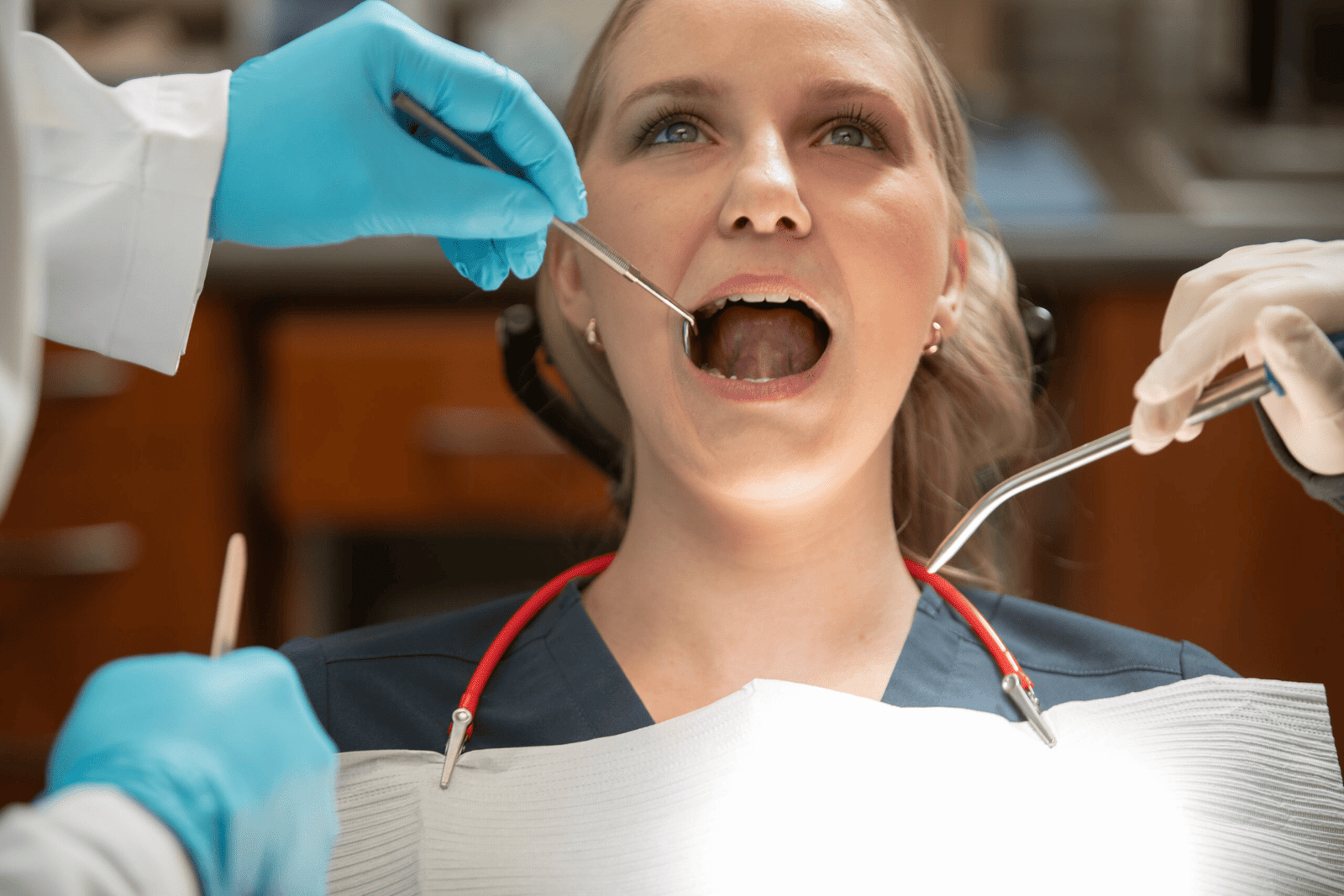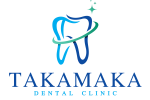Facial Trauma
Facial trauma refers to injuries to the face, mouth, and jaw that can result from accidents, sports injuries, or other incidents. These injuries can affect the bones, soft tissues, and teeth, often requiring specialized dental and surgical care. Our dental clinic offers expert facial trauma treatment to restore function, appearance, and oral health with compassion and precision.
Facial trauma, also known as maxillofacial trauma, encompasses a wide range of injuries to the facial structures, including:
Intra oral lacerations
Avulsed (knocked out) teeth
Fractured facial bones (cheek, nose or eye socket)
Fractured jaws (upper and lower jaw)

The Nature Of Maxillofacial Trauma
There are a number of possible causes of facial trauma: motor vehicle accidents, accidental falls, sports injuries, interpersonal violence, and work-related injuries. Facial injuries include injuries to the teeth as well as severe injuries to the skin and bones of the face. Typically, facial injuries are classified as soft tissue injuries (skin and gums), bone injuries (fractures), or injuries to special regions (such as the eyes, facial nerves or the salivary glands).
Bone Injuries Of The Maxillofacial Region
Fractures of the bones of the face are treated in a manner similar to that of fractures in other parts of the body. The specific form of treatment is determined by various factors, which include the location of the fracture, the severity of the fracture, the patient’s age, and the general health of the patient. When an arm or a leg is fractured, a cast is often applied to stabilize the bone to allow for proper healing. Since a cast cannot be placed on the face, other means have been developed to stabilize facial fractures.
One of these options involves wiring the jaws together for certain fractures of the upper and/or lower jaw. Certain other types of fractures of the jaw are best treated by the surgical placement of small plates and screws at the involved site. This technique of treatment can often allow for healing and obviates the necessity of having the jaws wired together. This technique is called “rigid fixation” of a fracture. The relatively recent development and use of rigid fixation has profoundly improved the recovery period for many patients, allowing them to return to normal function more quickly.
The treatment of facial fractures should be accomplished in a sensitive, thorough, and predictable manner involving the fewest incisions possible and minimally affecting the patient’s appearance.

Having problems with your teeth?
Don’t let dental issues hold you back. Our expert team is here to diagnose and treat any concerns, helping you get back to a healthy, pain-free smile.
